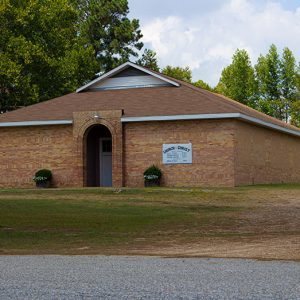 Bluff City Church of Christ
Bluff City Church of Christ
Entry Category: Counties, Cities, and Towns - Starting with B
 Bluff City Church of Christ
Bluff City Church of Christ
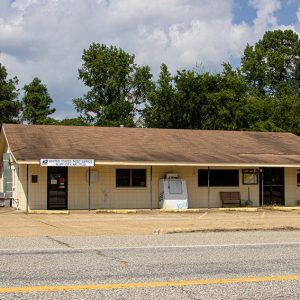 Bluff City Post Office
Bluff City Post Office
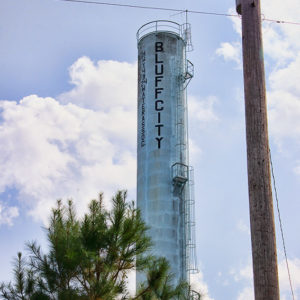 Bluff City Water Tower
Bluff City Water Tower
Bluff Ridge (Scott County)
Blytheville (Mississippi County)
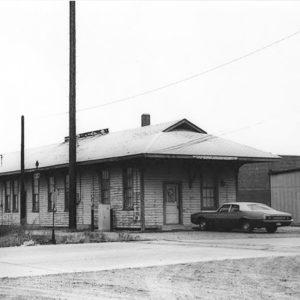 Blytheville Depot
Blytheville Depot
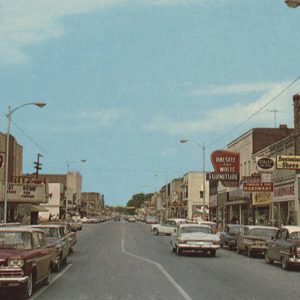 Blytheville Street Scene
Blytheville Street Scene
 Blytheville Street Scene
Blytheville Street Scene
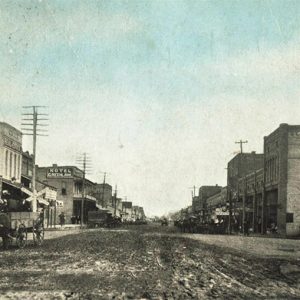 Blytheville Street Scene
Blytheville Street Scene
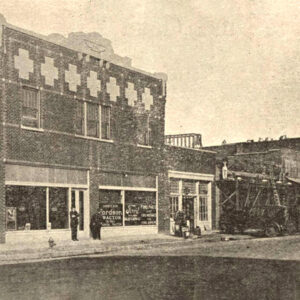 Blytheville Street Scene
Blytheville Street Scene
 Blytheville View
Blytheville View
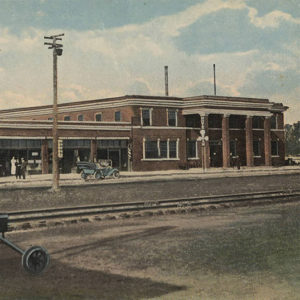 Boas Hotel
Boas Hotel
 Bodcaw
Bodcaw
Bodcaw (Nevada County)
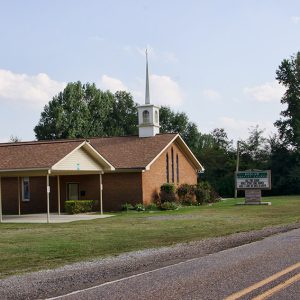 Bodcaw Baptist Church
Bodcaw Baptist Church
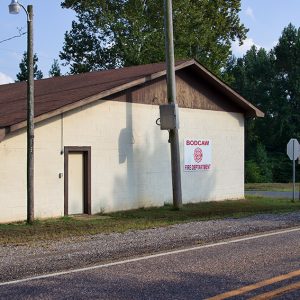 Bodcaw Fire Department
Bodcaw Fire Department
 Bodcaw Street Scene
Bodcaw Street Scene
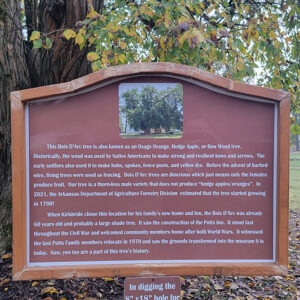 Bois D'Arc Tree
Bois D'Arc Tree
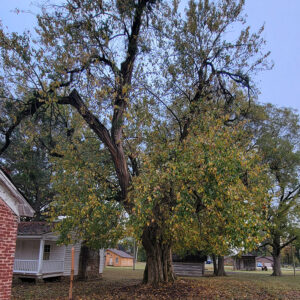 Bois D'Arc Tree
Bois D'Arc Tree
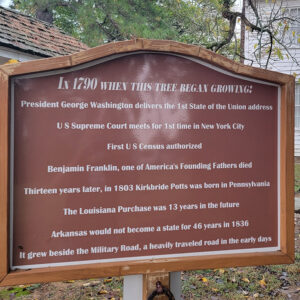 Bois D'Arc Tree
Bois D'Arc Tree
Boles (Scott County)
Bolivar (Poinsett County)
Bonanza (Sebastian County)
Bonnerdale (Hot Spring County)
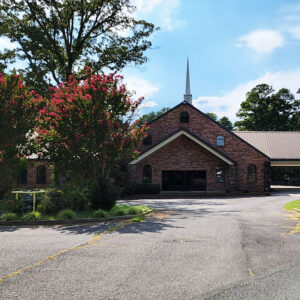 Bonnerdale Church
Bonnerdale Church
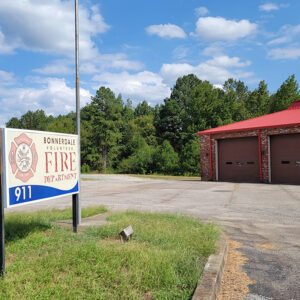 Bonnerdale Fire Department
Bonnerdale Fire Department
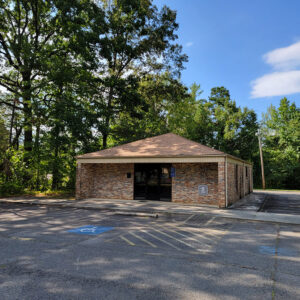 Bonnerdale Post Office
Bonnerdale Post Office
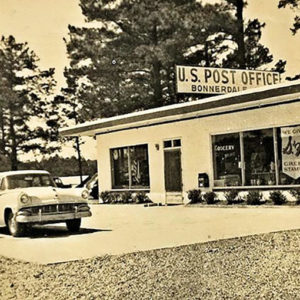 Bonnerdale Post Office
Bonnerdale Post Office
 Bonnerdale Street Scene
Bonnerdale Street Scene
 Bonnerdale Street Scene
Bonnerdale Street Scene
Bono (Craighead County)
Boone County
Booneville (Logan County)
 Booneville Bank
Booneville Bank
 Booneville Street Scene
Booneville Street Scene
Boothe (Scott County)
 Boston General Store
Boston General Store
Boswell (Clark County)
Boswell (Izard County)
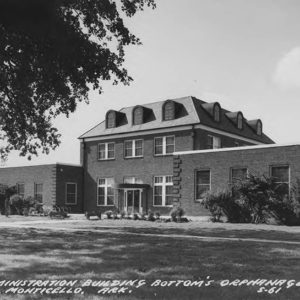 Bottom's Orphange
Bottom's Orphange
Boughton (Nevada County)
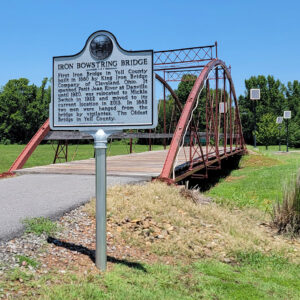 Bowstring Bridge
Bowstring Bridge
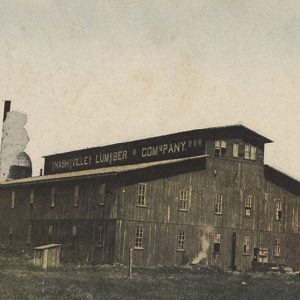 Box Factory
Box Factory
Boxley (Newton County)
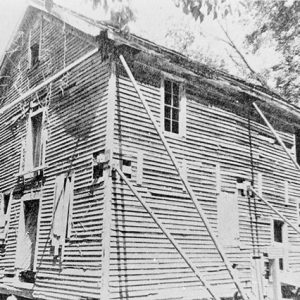 Boxley Mill
Boxley Mill
 Boxley Bridge
Boxley Bridge
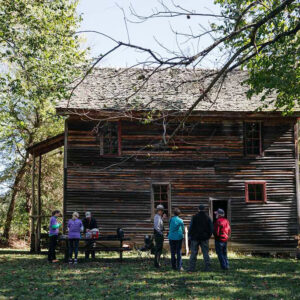 Boxley Grist Mill
Boxley Grist Mill
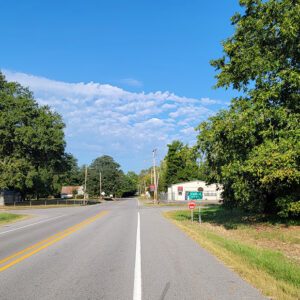 Entering Bradford
Entering Bradford
Bradford (White County)
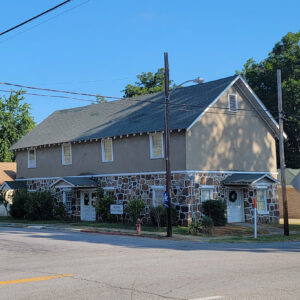 Bradford Library
Bradford Library




